Let's talk more about the Dzongs in Bhutan.
What are the Bhutanese Dzongs?
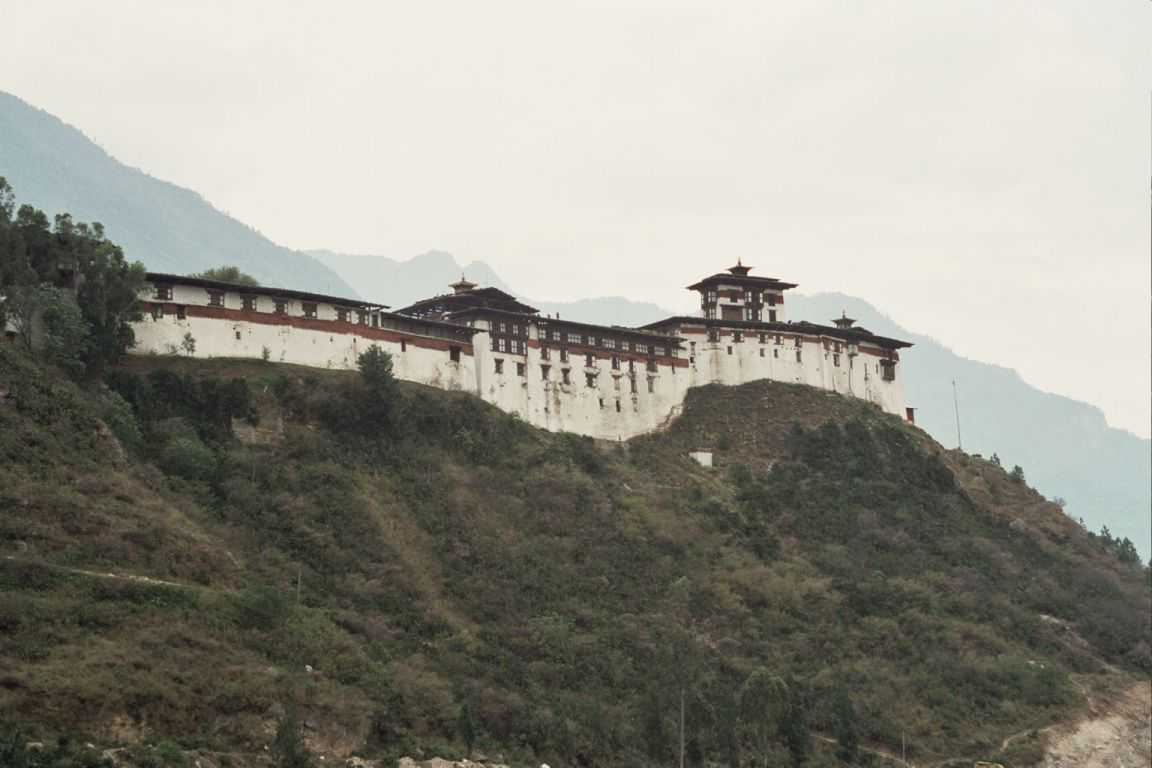
Importance of Dzongs in Bhutan
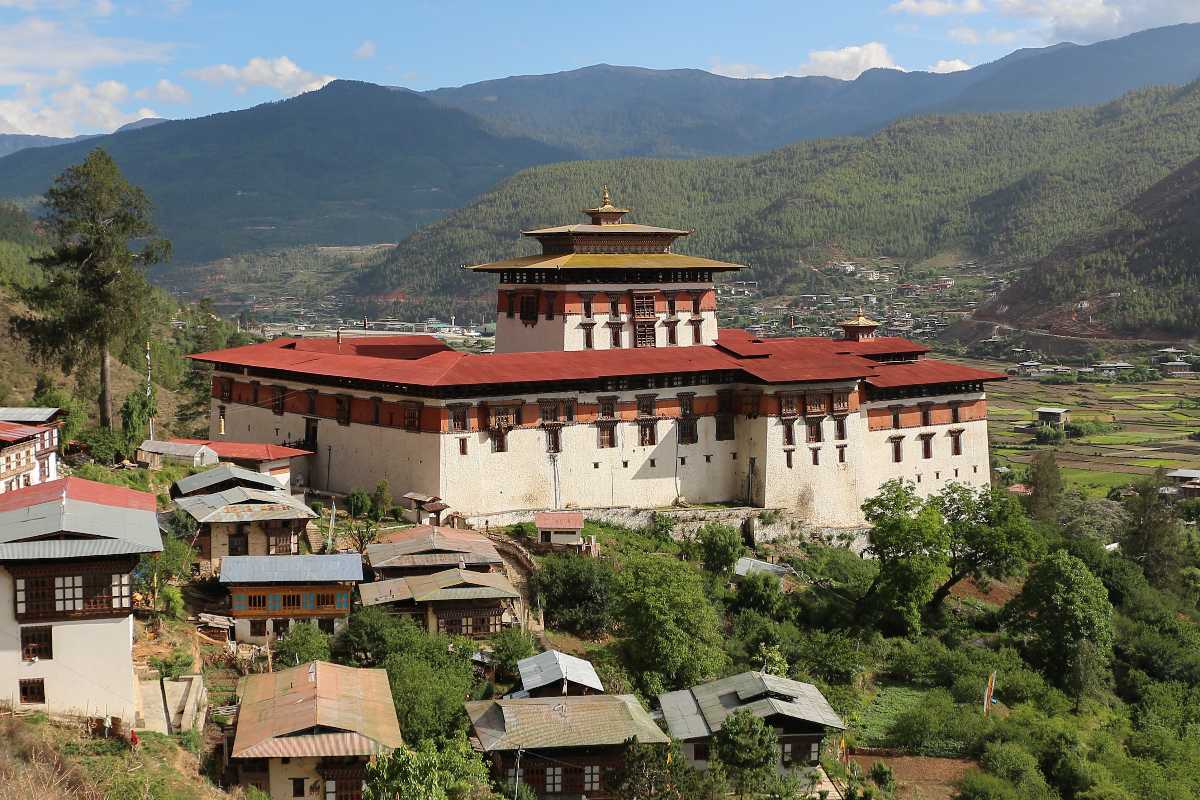
district (Source)
Famous Dzongs in Bhutan
Bhutan has a number of dorms all around the country and here are the most famous ones which you must visit to seek serenity and peace.1. Trongsa Dzong
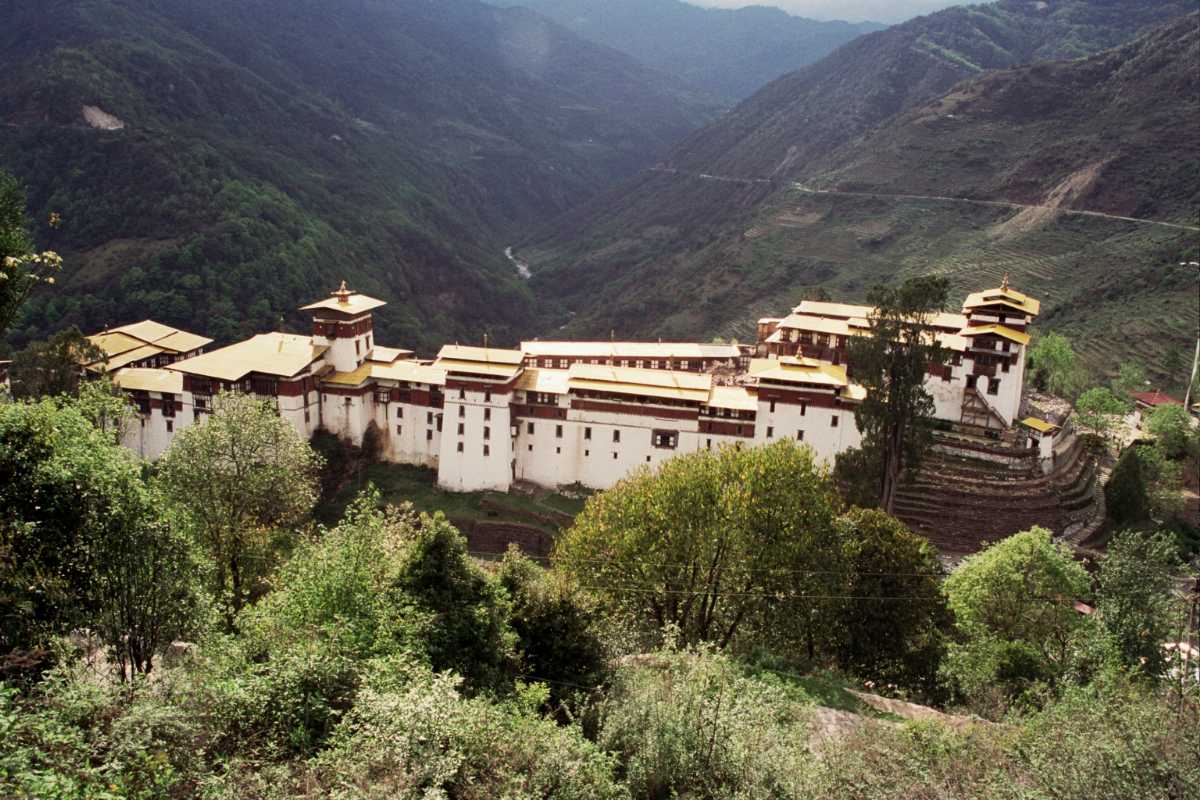
As Dzongs are the significance of both administrative and religious activities, Trongsa Dzong has long been the official headquarter building of the Trongsa government from where most of its official work is carried out. It is also a monastic complex and home to as much as 200 monks living together in the complex.
The location of Trongsa Dzong is not only considered vital because of its central coverage but the scenic landscapes that around this prestigious edifice as equally important. It is located on the ridge of the mountain with the fiercely flowing Mangde river on its banks. In the backdrop, you can witness the black Himalayan ranges in the southwest. The white monastery complex with the surroundings of the green unfolding hills is truly a stunning scenic beauty to behold.
2. Paro Dzong - Rinpung Dzong
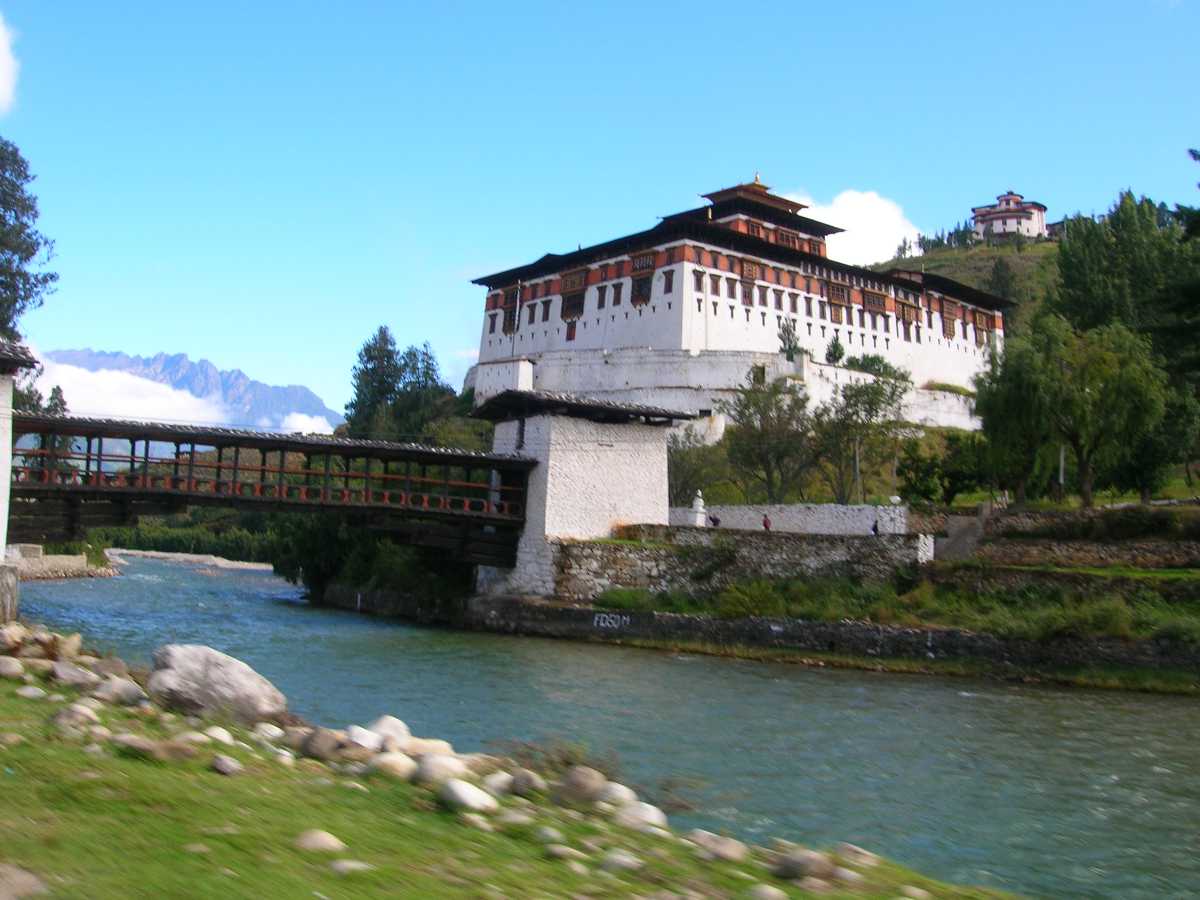
It is located on the banks of the Paro Chhu river and is accessible by a small bridge. The complex of the dzong is not just a monastery but also the Kagyu school which belongs to the Drukpa ancestral lineage. It is also the official space for the government of Paro district for all their administrative purposes.
The Paro Dzong is known for its celebration of Parp Tshechu, the great annual festival of Bhutan. It is celebrated in the complex of Paro Dzong where the holy figure Padmasambhava is worshipped and various traditional dances are performed to mark the celebration of the festival.
Read more about Paro Tshechu.
3. Punakha Dzong
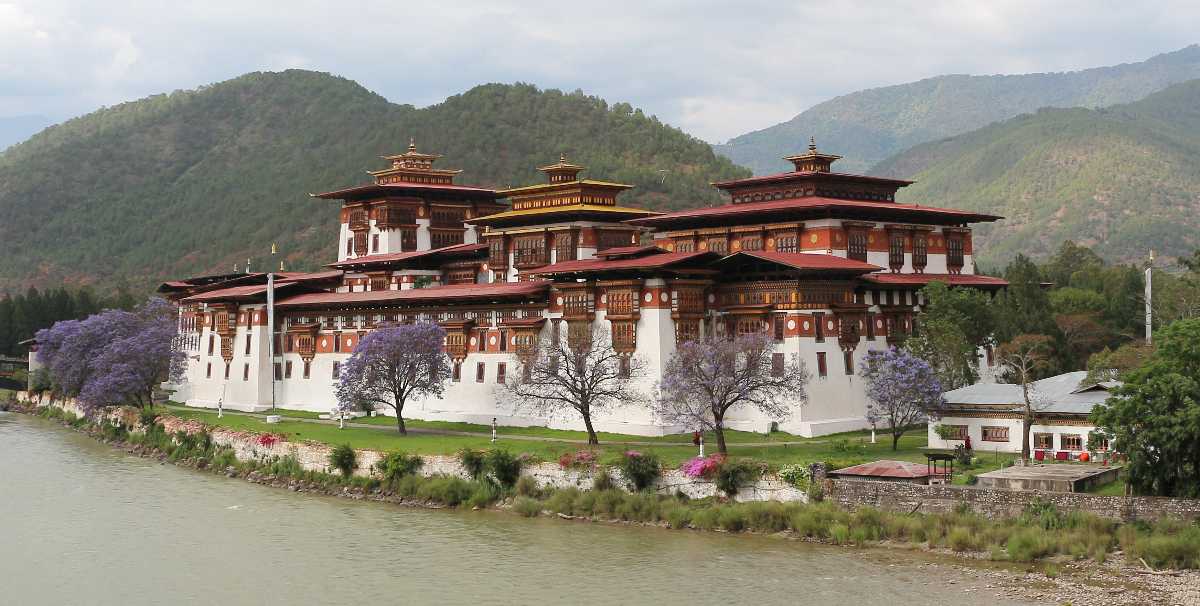
It is the second oldest and second-largest Dzong in Bhutan. Punakha was earlier the administrative centre of the government until the capital of the country was shifted to Thimphu in 1955. It was the winter residence for the monks who used to come here in search of the warmer climate from the northern part of the country.
It is located at an elevation of 1,200 meters and offers a durable climate to the monks in winters. The dzong also houses the Kagyu school of Tibetan Buddhism of the Drukpa lineage. Due to its location on the banks of the river and vegetation around the complex is very rich.
4. Tashichho Dzong
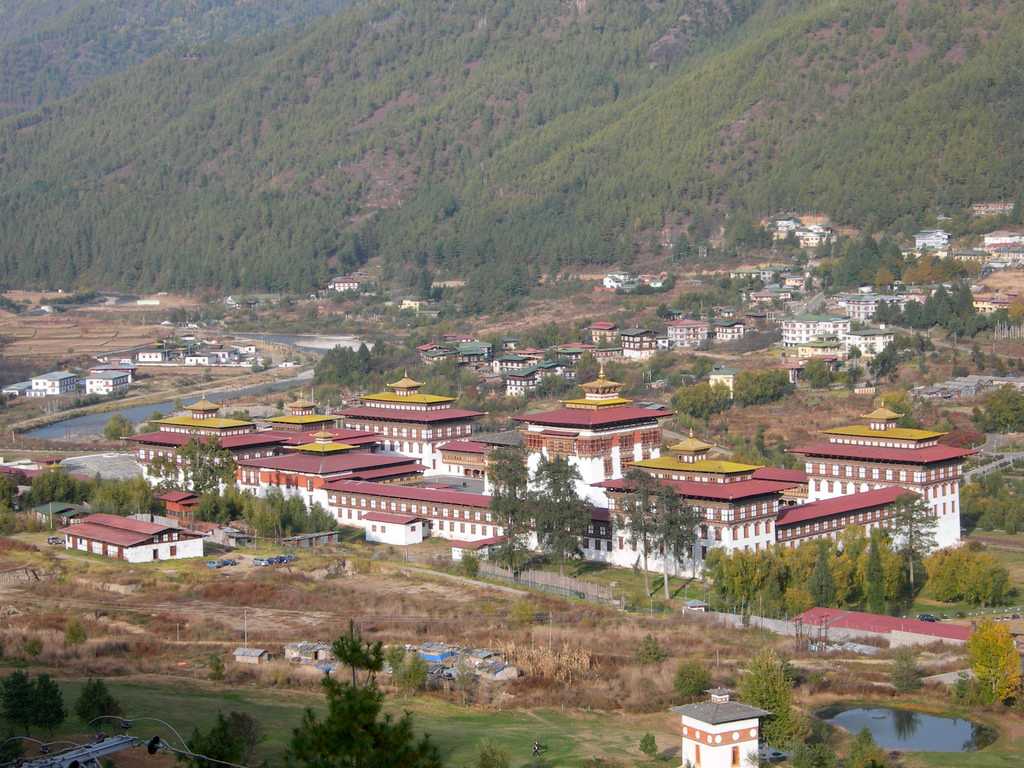
Located in the vicinity of the mountains and lakes, Tashichho Dzong is the reflection of the Buddhist culture and religion. The building has been renovated many times, at times due to the natural disasters and at times due to its conquer by different rulers. The oldest parts that stand still till date from the original fortress are Utse towers (the watchtower), Lhakhang Sarp (new temple) and Gönkhang (protector temple).
The building is a contrast of white walls and wooden exteriors with detailed artistic woodwork in the interiors. The south part of the building is dedicated to the government officials and in the west, a tower has been dedicated to the Shakyamuni Buddha statue and deities. It was also the house of the royal family of Bhutan until they shifted to Dechencholing Palace.
5. Lhuntse Dzong
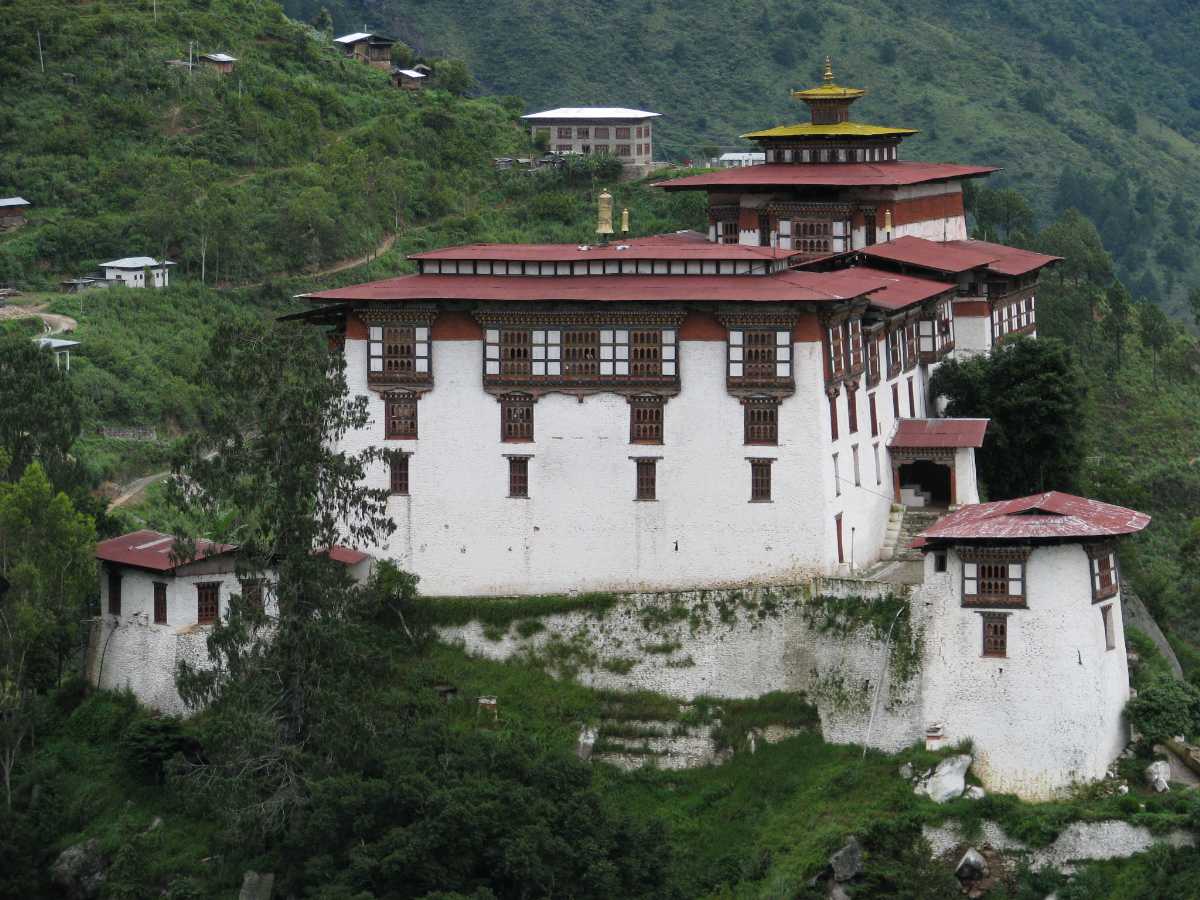
6. Jakar Dzong
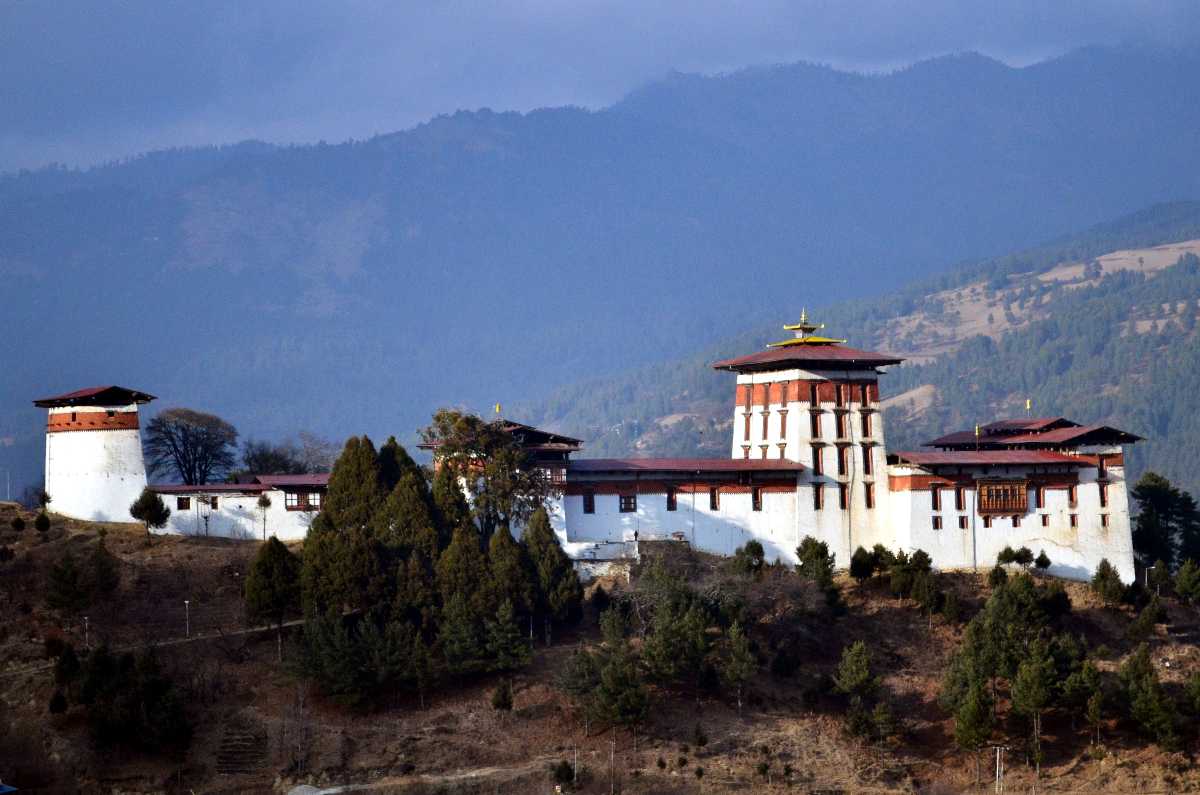
History of the Dzongs in Bhutan
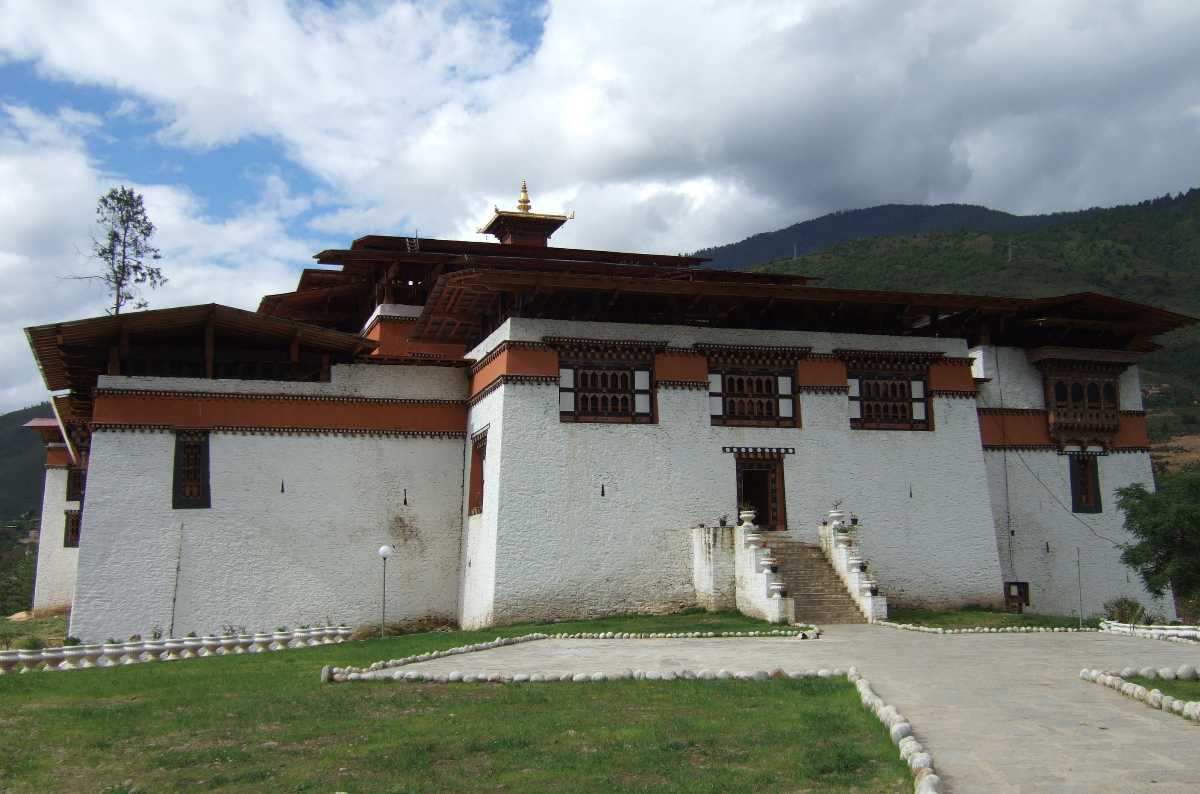
The location of these dzongs holds great importance in the culture. The prominent location of the dzongs also led to the unification of Bhutan. It is believed that the location and position of each dzong were to be determined by the prophecies of the saints and the ancient literature of the country. Today, they stand as the finest example of architecture, history and religious place.
There are three types of dzongs in Bhutan:
- Pre- Zhabdrung which were generally built by the clergies of Buddhist schools
- Zhabdrung era dzongs which were built under the supervision of Zhabdrung Ngawang Namgyel. The most important dzongs of Bhutan were built during the Zhabdrung era.
- Post- Zhabdrung era, which is considered the modern types of dzongs.
The Architecture of Dzongs in Bhutan
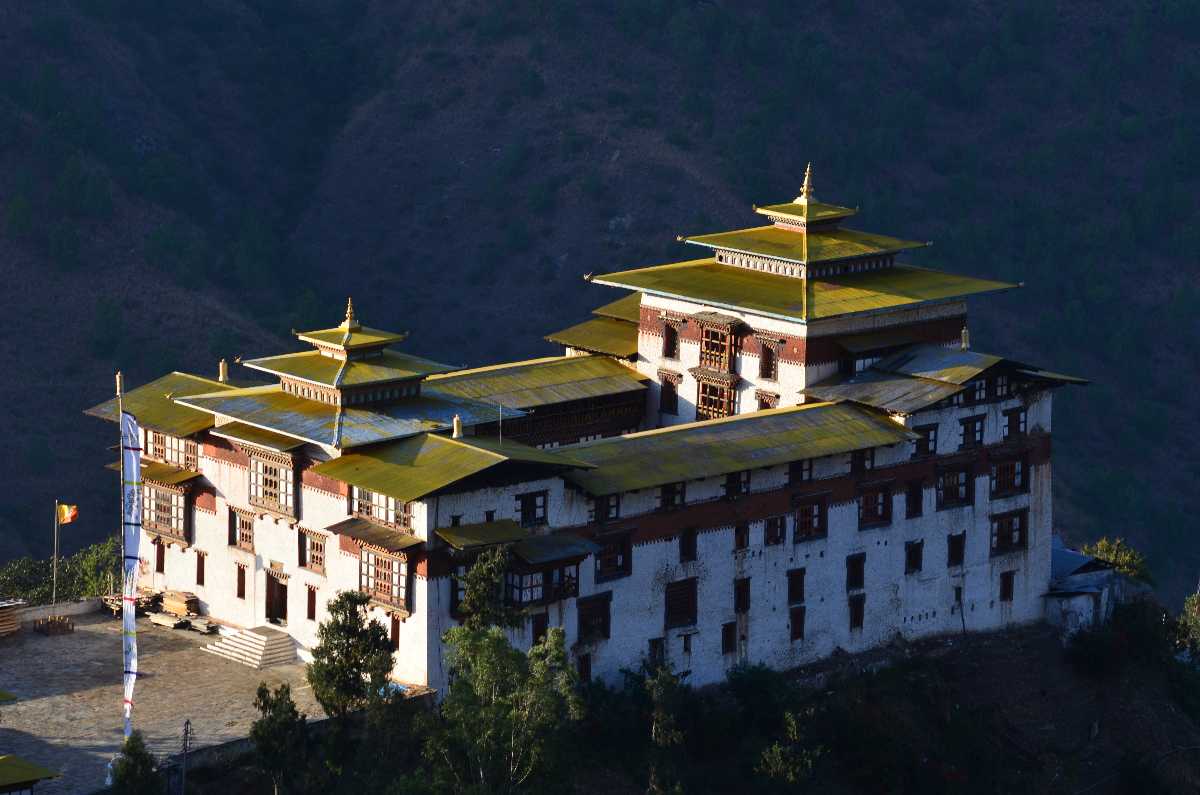
Their courtyards and the temples that form a huge part of the interiors of the dzongs are prominently known for their bright use of colours and motifs. The entrance gate of the buildings are generally massive and the white walls with small windows in the bottom and big windows at the top. The use of bricks for both construction and decorative purposes can be seen distinctively in the dzongs.
However, the most interesting part about these dzongs is their planning of architecture. Instead of the architectural planning, each dzong was built by a lama who would suggest the dimensions and by spiritual means. Another interesting feature of their construction is the use of labour. These dzongs were built by the corvee labour as a part of tax payment to the government. A number of people from each household had to go as corvee labour during their off-agriculture period to contribute to the construction of these Bhutanese dzongs.
Tips for Visiting the Dzongs of Bhutan
- Since the Bhutanese dzongs are religious places, you need to follow a proper dress code. A full-sleeved shirt covering your arms and a full lower covering your legs are suggested.
- Always walk around the watchtower in a clockwise direction.
- You don't need to remove your shoes to enter the dzong but there are few halls and courtyards where you are required to remove your footwear before entering.
- Photography is prohibited in some areas. Make sure you ask or read the notice before you take out your camera.
